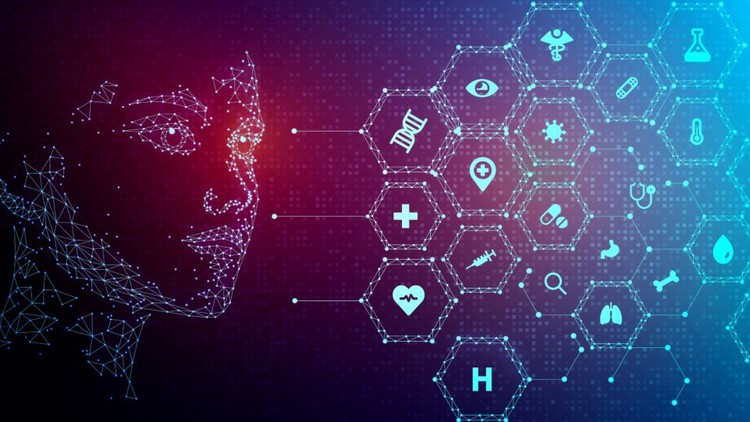
Unlocking Insights and Patterns through Data Visualization Techniques
What you will learn
learn how to collect and visualize data generated by sensors.
gain insights and patterns from the collected data to inform decision-making processes.
apply the skills and knowledge gained in this course to various fields, such as environmental monitoring, healthcare, manufacturing, and agriculture.
develop valuable skills that are highly relevant in today’s job market.
understand the basics of circuit design and how to interface sensors with microcontrollers.
learn how to use popular data visualization tools like Matplotlib, Seaborn, and Plotly to create interactive visualizations.
Description
Welcome to the “Visualizing Sensors Data” Course!
Do you want to learn how to effectively visualize and analyze data from sensors, specifically temperature and humidity data? This course is designed to provide you with the knowledge and skills to collect, process, and visualize sensor data using a microcontroller and an ESP32 for online monitoring.
Project Requirements:
- Basic understanding of electronics and programming concepts.
- Access to the required components (listed below) for building the project.
- A computer for programming the microcontroller and uploading data online.
- Familiarity with Arduino IDE for programming the ESP32 microcontroller.
Components:
- Temperature and humidity sensor (such as DHT11 or DHT22)
- ESP32 microcontroller
- Breadboard or PCB for circuit assembly
- Jumper wires for connecting components
- USB cable for programming and powering the microcontroller
- Internet connection for uploading data online
Circuit Diagram: We will provide you with a detailed circuit diagram that shows how to connect the temperature and humidity sensor to the ESP32 microcontroller using a breadboard or a PCB. You will learn how to properly wire the components to ensure accurate data readings and reliable performance.
Project Explanation: Our course will guide you through the process of building a system that collects temperature and humidity data from the sensor, processes it using the ESP32 microcontroller, and uploads the data to a personal website for online monitoring. You will learn how to program the microcontroller to read sensor data, process it, and communicate with the internet using Wi-Fi.
Furthermore, you will learn how to visualize the collected sensor data using popular data visualization libraries such as Chart.js or Plotly. You will gain hands-on experience in coding, circuit assembly, and troubleshooting. You will also learn about best practices for data visualization, including choosing appropriate chart types, customizing visualizations, and interpreting data patterns.
By the end of this course, you will have a solid understanding of how to collect, process, and visualize sensor data, and you will be able to create interactive and informative visualizations that help you gain insights from your sensor data. You will also have the skills and knowledge to apply the concepts learned in this course to other IoT projects or data visualization tasks.
Enroll in this course now and unlock the power of visualizing sensor data to make informed decisions and gain insights from your environmental measurements!
Content